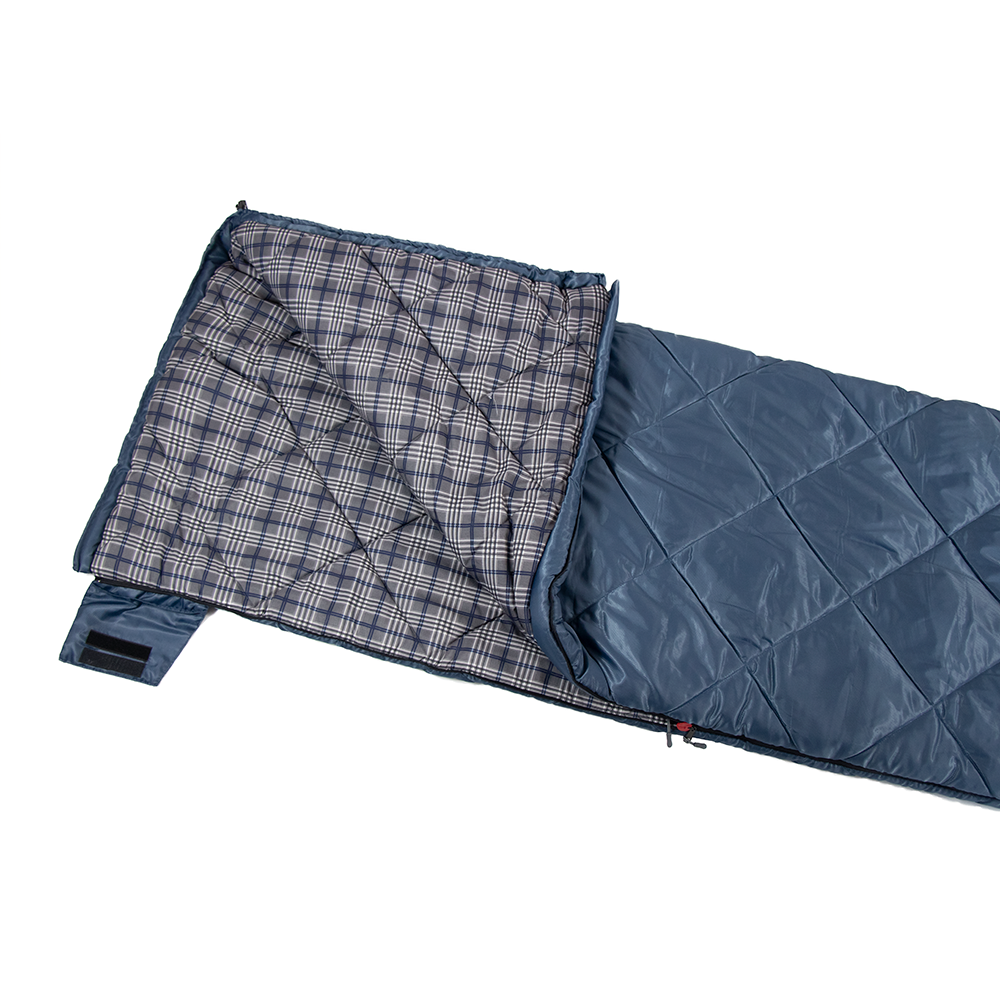
1 月 . 06, 2025 10:51 Back to list
sleeping bag
For outdoor enthusiasts and adventure seekers, finding the perfect sleeping bag is a pivotal component of preparing for any expedition. A high-quality sleeping bag not only ensures a good night's rest but also plays a critical role in your overall safety during unpredictable weather conditions. With a wide array of options in the market, each promising unmatched comfort and protection, how do you choose which one deserves a spot in your backpack?

When immersing in wilderness exploration, understanding the true value of your gear comes from firsthand experience. As someone who has journeyed through mountain ranges and dense forests, I have come to recognize that the most reliable sleeping bags share a harmony between insulation efficiency, material durability, and adaptability to different climates.
The core of any outstanding sleeping bag lies in its insulation capability. Down insulation offers unmatched warmth-to-weight ratio, compresses easily, and provides excellent durability. However, if your travels take you into wet or humid environments, consider synthetic insulation; it retains heat even when damp and dries much faster than down. A dual-insulation approach can sometimes offer the best of both worlds, ensuring comfort in varying conditions.

Material choice significantly influences both comfort and longevity. Nylon and polyester are popular choices due to their lightweight and resistant properties. Look for a sleeping bag with a water-repellent outer shell to safeguard against unexpected drizzles or spills. Furthermore, the interior lining should feel comfortable against the skin while also facilitating moisture wicking to maintain a pleasant sleep environment.
Investing in a sleeping bag is also a matter of understanding its shape and fit. Bags designed for colder climates typically have a mummy shape, which traps body heat more effectively. Rectangular designs are roomier, providing more comfort, particularly for warmer conditions, although they may sacrifice some thermal efficiency. With advancements in design, hybrid shapes are now available to cater to diverse sleep preferences, offering a balance between space and warmth retention.
sleeping bag
Expertise indicates the importance of considering additional features like baffles, zippers, and draft collars that can impact your sleeping bag's performance. Quality draft tubes and collars prevent heat from escaping through zippers, while carefully placed baffles ensure evenly distributed insulation across the bag. Staggered or differentiated baffle constructions demonstrate thoughtful engineering, aimed at optimizing warmth without increasing weight.
A trustworthy sleeping bag not only meets these functional benchmarks but also adheres to ethical manufacturing standards. With growing awareness around environmental sustainability, many brands are now implementing responsible sourcing practices, like using recycled materials or securing down through ethical channels to prevent animal cruelty.
Deciphering technical specifications and grasping product nuances in sleeping bags might seem daunting, but arming yourself with the right knowledge influences an informed purchase. Whether it's scaling the icy cliffs of Patagonia or camping under the starlit Australian Outback, your sleeping bag is a testament to your outdoor spirit—a companion in your quest for adventure.
By drawing from extensive personal use, garnering expert insights, and adhering to credible, value-driven attributes, you ensure that your choice of a sleeping bag aligns not only with your immediate needs but also with lasting adventures of the future.
-
Top China Adult Sleeping Bag Suppliers Lightweight & Durable
NewsMay.30,2025
-
China Camping Waterproof Picnic Blanket Supplier Wholesale Factory
NewsMay.30,2025
-
Wholesale Backpacking Sleeping Bags Lightweight & Bulk Supplier
NewsMay.30,2025
-
Emergency Sleeping Bags Wholesale Bulk Supply & OEM Options
NewsMay.29,2025
-
Sustainable Recycled Cotton Picnic Blankets Wholesale Manufacturer
NewsMay.29,2025
-
Premium Duck Down Sleeping Bag Supplier Warm & Lightweight Design
NewsMay.29,2025
